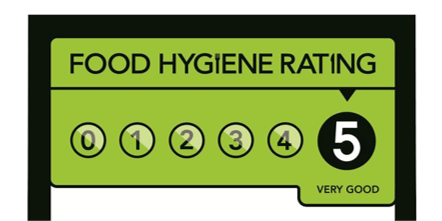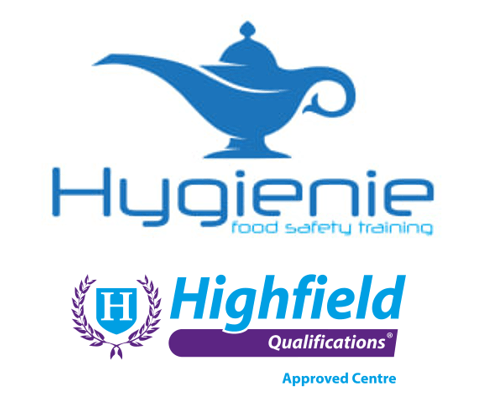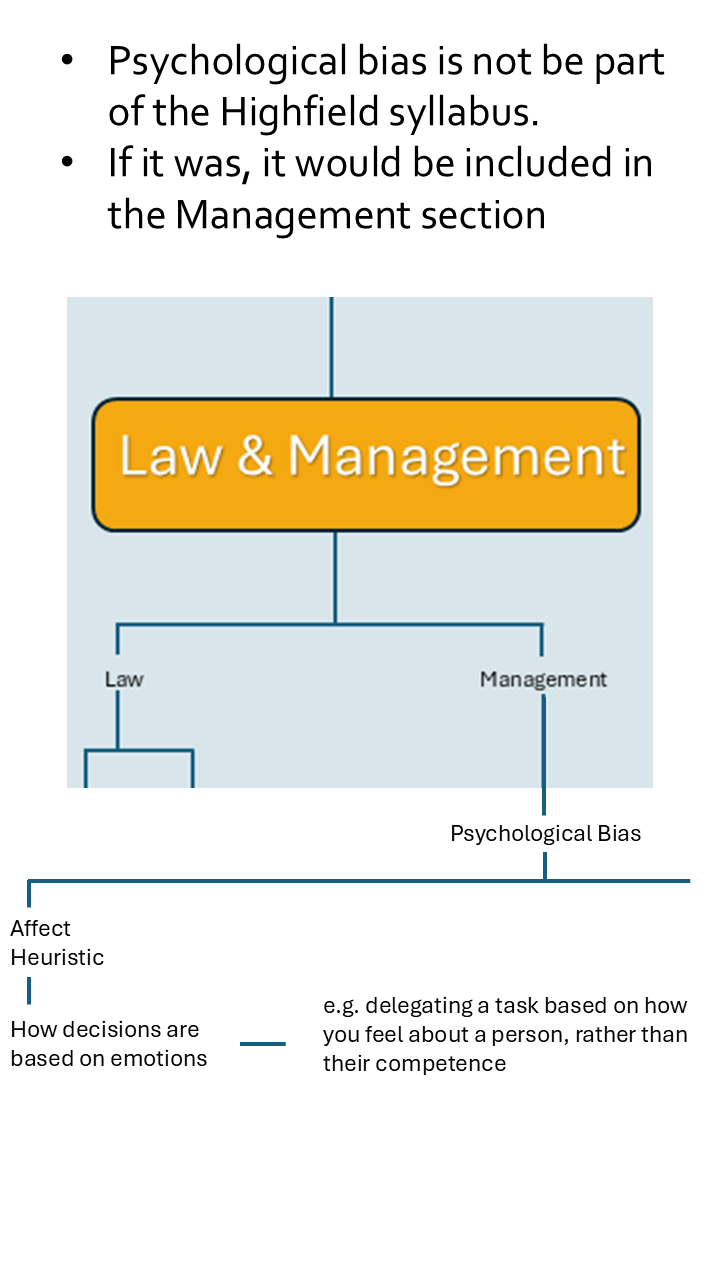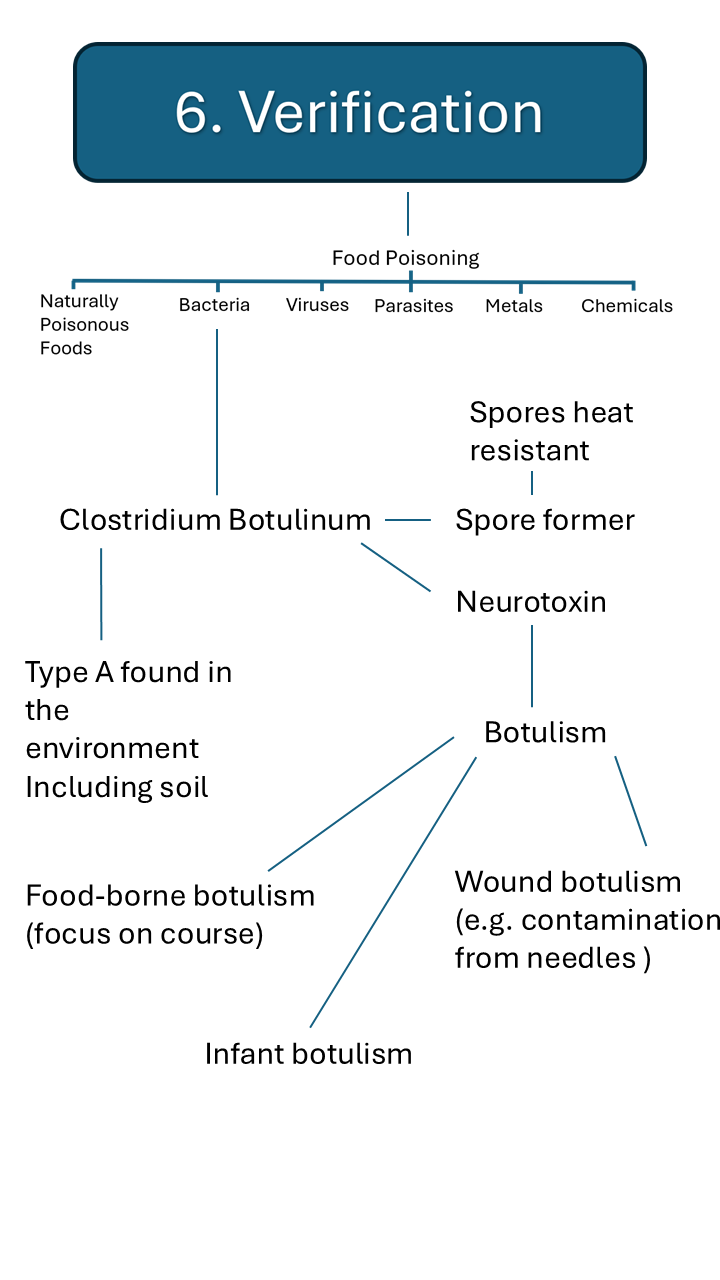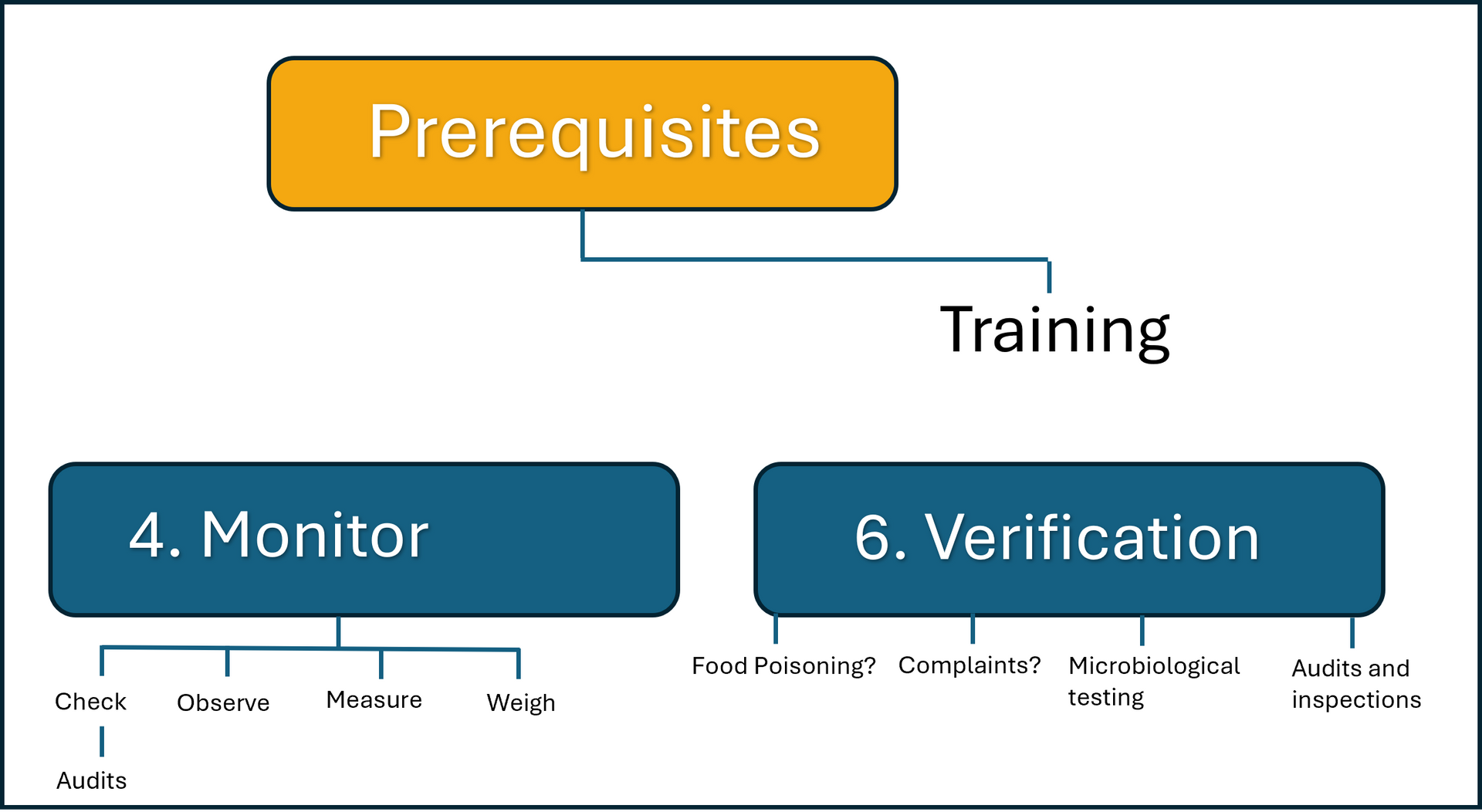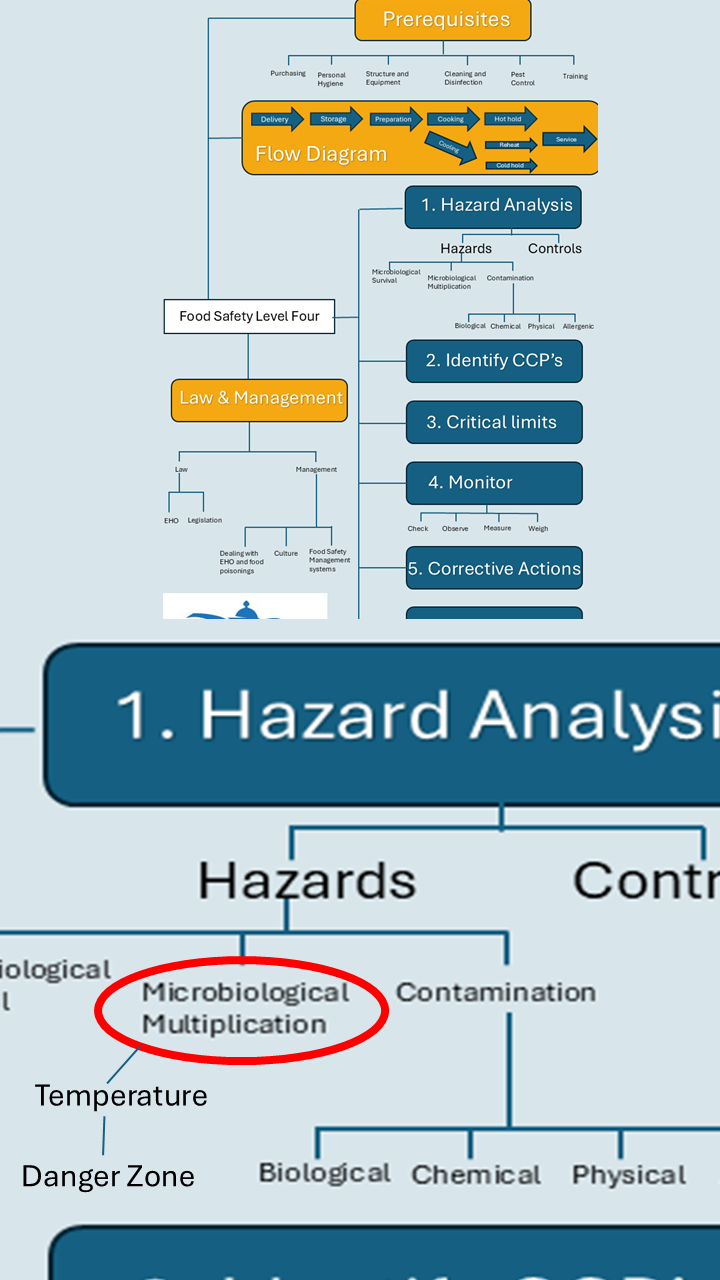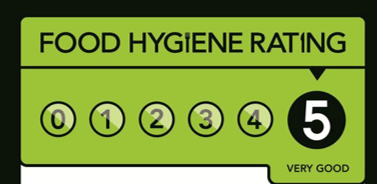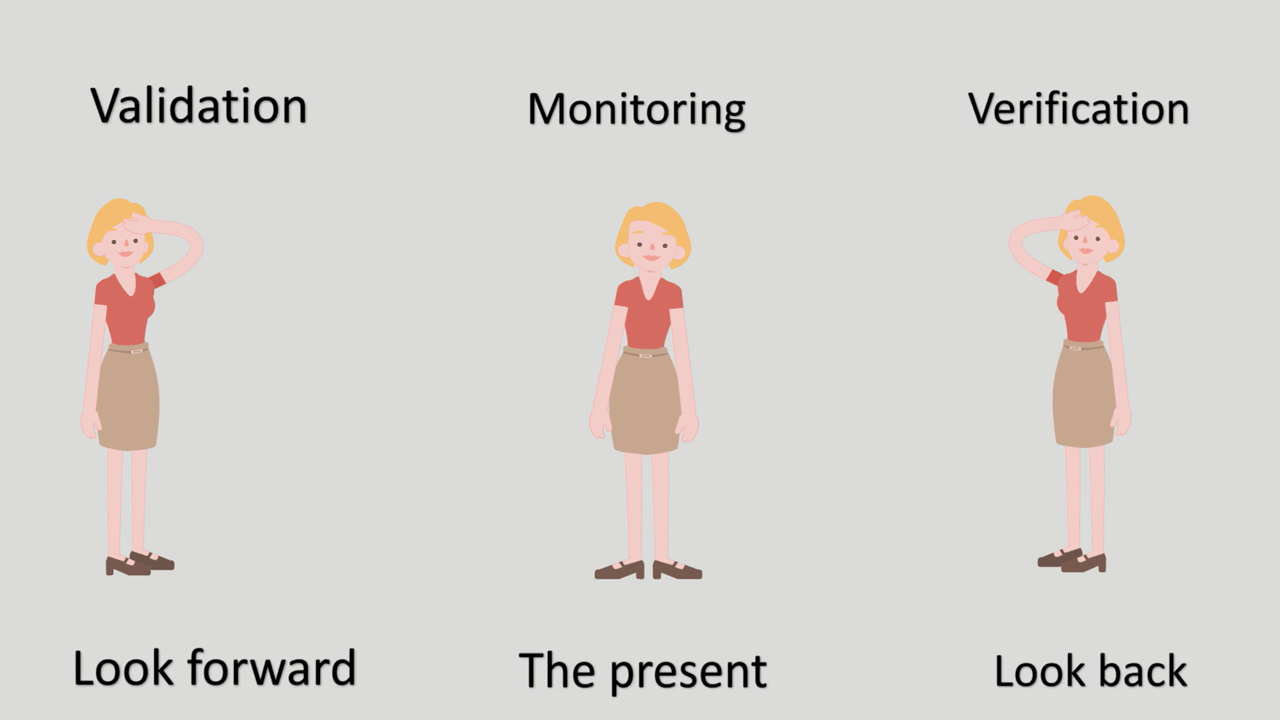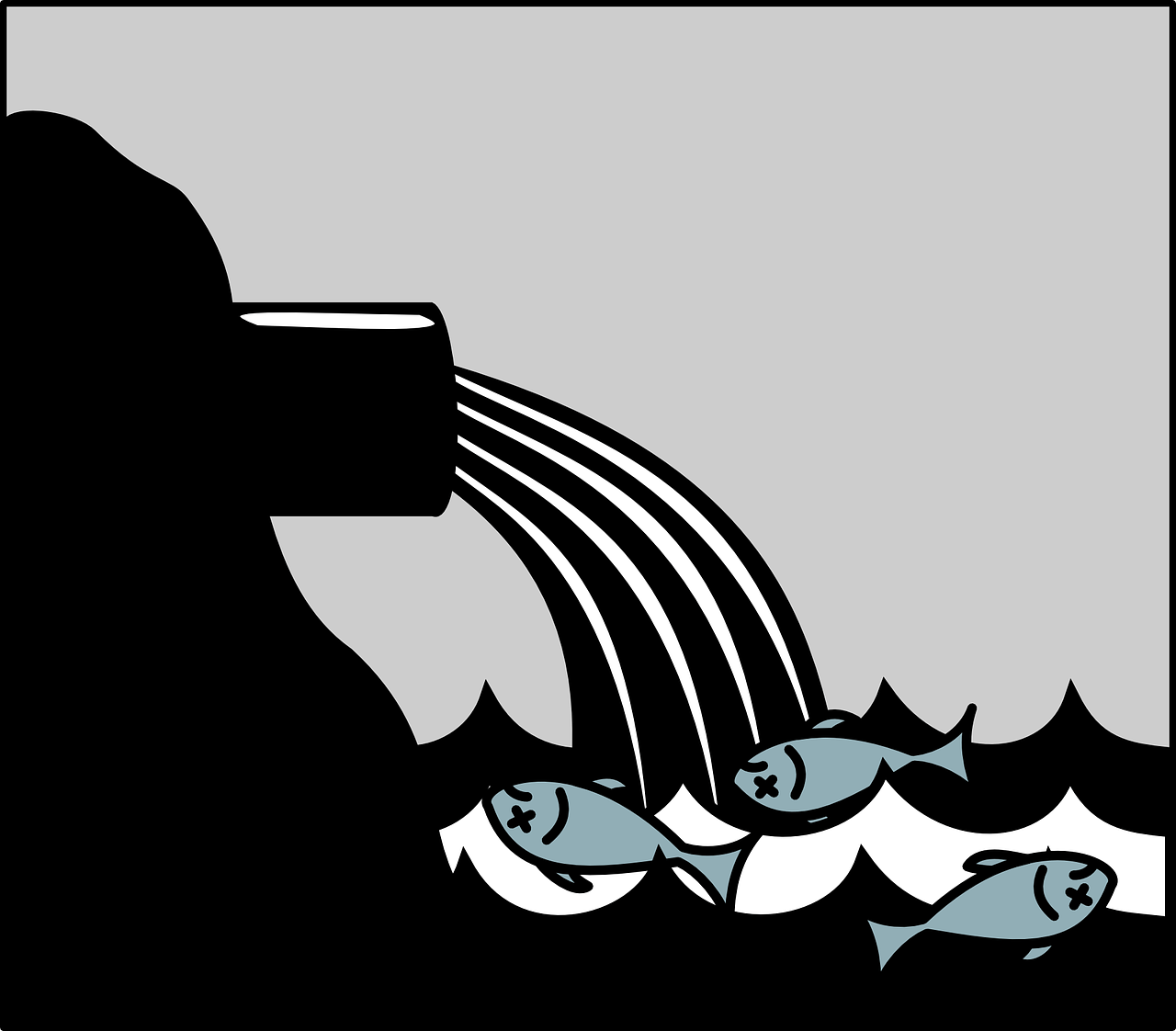Action Bias in safety
The danger of doing something rather than nothing
Action bias: a tendency to favour action over inaction.
For example, sitting in a traffic jam and turning off the road to take an alternative route. Even though your Satnav has warned you it will take longer and cover more miles.
In safety, taking action is often a good thing. Cleaning up a slip hazard, reminding a chef to wash their hands after handling raw meat, intervening when a server isn’t following allergen procedures.
However, sometimes it’s best to do nothing, at least in the short term. Chefs, eager to clean a dirty canopy have been known to climb up, slip, and plunge their leg into 175°C oil.
Action bias can lead to micromanagement. Intervention as a corrective action is sometimes necessary. Taking over the entire procedure can result in poorer standards long term.
As an auditor or manager it’s often necessary to give negative feedback, which can result in the recipient becoming angry or upset.
Our natural response is to resolve the issue, to take action.
The most effective strategy would be to stand back, allow for thinking time, and let emotions calm down.
(See also Reeves and Mortimer ‘you wouldn’t let it lie’).
Single-action bias can also be an issue. This is where one solution is applied to a problem that requires several corrective actions. Years ago, I audited a site that had ‘insufficient storage space’. The single-action bias was to buy more fridges and freezers. There seemed to be little consideration of improved stock control, stock checks and relevant staff training.
Unsurprisingly, the amount of stock kept expanding to fill the freezers available.
The original source of this information was:
Action Bias - The Decision Lab
Please note: I’m interested in the psychology of safety, and these posts are primarily aimed at developing my own knowledge. I’m not claiming to have expertise in the subject of psychology.
